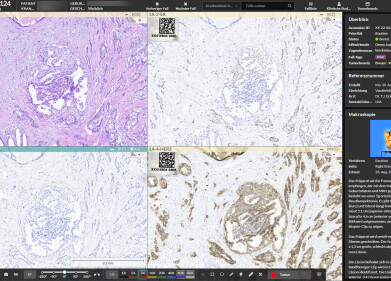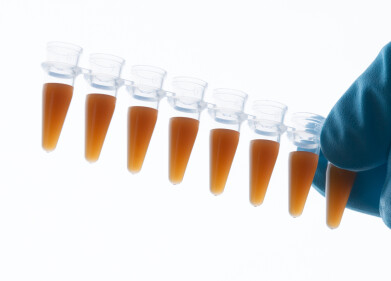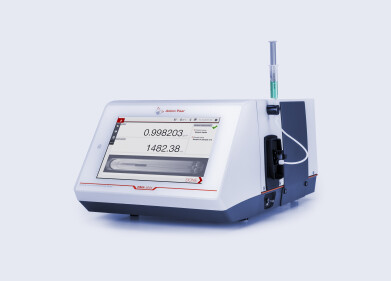Laboratory Products
What are the Most Dangerous Bacteria?
Mar 11 2017
In the earth, in the water and even in the air – bacteria are everywhere. Some are beneficial, and even essential for humans. But others are definitely best to avoid, particularly those that have developed antibiotic resistance. For years, scientists and doctors have been warning us about the potential for bacteria to become resistant to antibiotics. And now, the World Health Organization (WHO) has released a list of the most dangerous families of bacteria.
Priority pathogens
Described as “priority pathogens”, the WHO list is made up of 12 bacterial families. These are the groups of bacteria that should be prioritised by researchers in the fight against superbugs. They have been split into three categories of priority from critical to medium, which reflect the need for new antibiotics to eliminate them:
Critical
· Acinetobacter baumannii: carbapenem-resistant
· Pseudomonas aeruginosa: carbapenem-resistant
· Enterobacteriaceae: carbapenem-resistant & ESBL-producing
High
· Enterococcus faecium: vancomycin-resistant
· Staphylococcus aureus: methicillin-resistant & vancomycin-intermediate and resistant
· Helicobacter pylori: clarithromycin-resistant
· Campylobacter spp: fluoroquinolone-resistant
· Salmonellae: fluoroquinolone-resistant
· Neisseria gonorrhoeae: cephalosporin-resistant & fluoroquinolone-resistant
Medium
· Streptococcus pneumoniae: penicillin-non-susceptible
· Haemophilus influenza: ampicillin-resistant
· Shigella spp: fluoroquinolone-resistant
Looking through the list
While most on the list are completely unfamiliar to the general public, there are also strains of more commonly known diseases which have developed resistance to their treatment. Neisseria gonorrhoeae is a “super” drug resistant strain of the sexually transmitted infection. Already resistant to a number of antimicrobial medicines, it’s thought the bacteria has the potential to become resistant to the few treatments left at doctors’ disposal.
There are some other drug-resistant bacteria, such as mycobacterium tuberculosis, which have not been included on the list. Also known as MTB, the bacteria have become resistant to a number of traditional treatments in recent years. But programmes are already in place to address this problem, which simply goes to show the purpose of the list. Rather than scaremongering, the WHO is highlighting potentially deadly bacteria that are in desperate need of new treatments.
Developing new drugs
In drug development, the initial identification of an Active Pharmaceutical Ingredient normally has an amorphous compound. But with crystalline compounds, there can be a number of polymorphs with different physical characteristics. This can impact on drug manufacture and efficacy because it changes the properties of the final product.
With polymorph screening, however, pharmacists can identify the different crystalline structures before production. As discussed in ‘A Quick and Easy Evaporative Crystallisation Screen for Drug Candidate Polymorphism’, this allows them to gain information about the potential physical properties of the drug, improving consistency and efficacy.
Digital Edition
International Labmate 49.6 - Sept 2024
September 2024
Chromatography Articles - HPLC gradient validation using non-invasive flowmeters Mass Spectrometry & Spectroscopy Articles - From R&D to QC, making NMR accessible for everyone: Putting NMR...
View all digital editions
Events
Oct 15 2024 Milan, Italy
Oct 17 2024 Dhaka, Bangladesh
Oct 20 2024 Fort Worth, TX, USA
Oct 21 2024 Dalian, China
Oct 30 2024 Birmingham, UK






.jpg)











